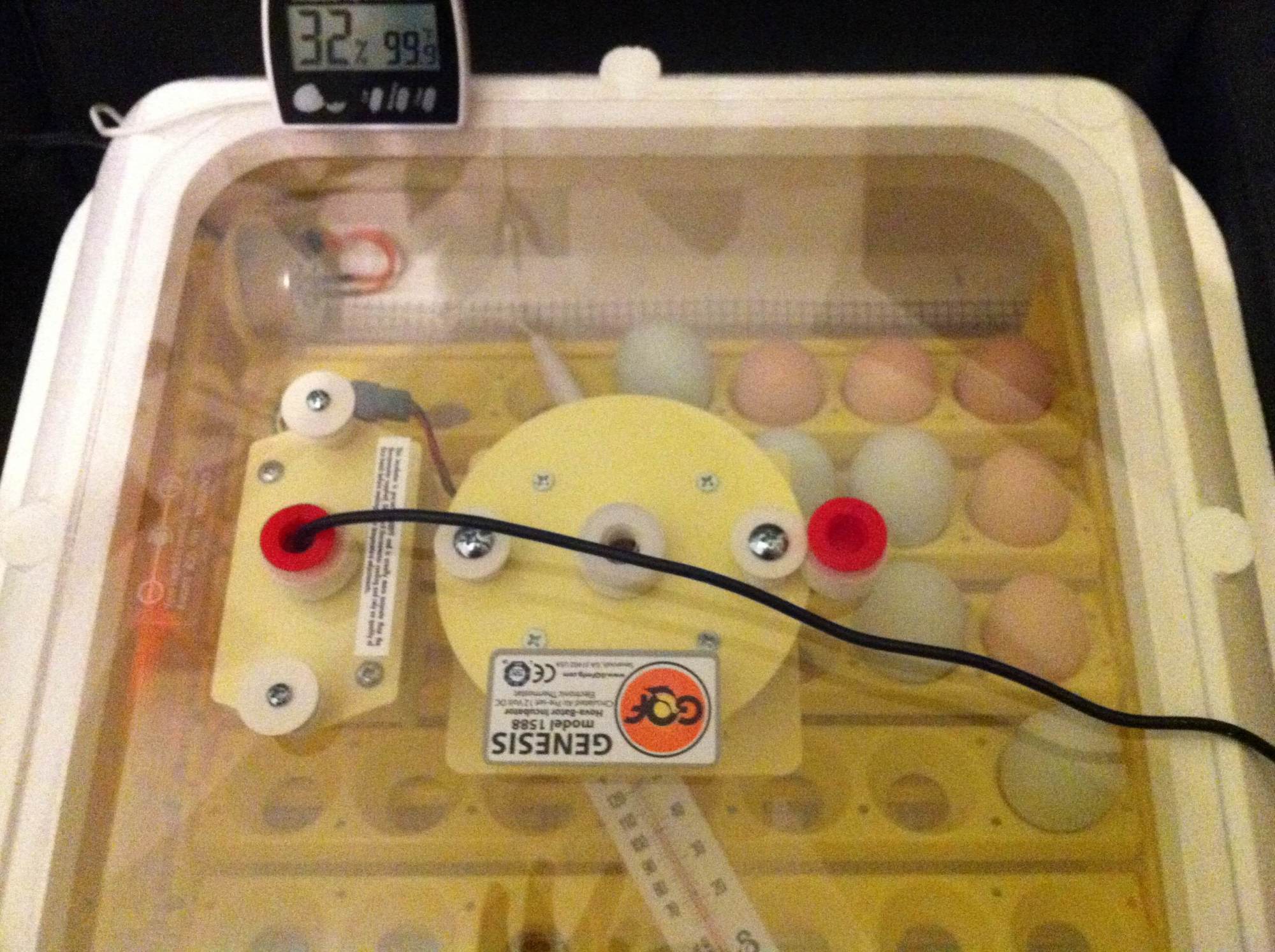Okay so I’ve read all the posts in this string so now let an old man put his two cents into the mix.
First let’s get some terminologies ironed out. Understand that there is no such thing as “dry method” incubation. It is out and out impossible. If it were, a vulture egg in the driest desert would have no need for the female to tend the egg it would simply hatch from the heat. But it is tended and cooled and heated and humidity is monitored constantly by the female. (Remember humidity is one of the four critical factors for embryonic incubation.)
Second the method being referred to by some folks is referred to as “low declination humidity method” or LDH. And this idea is certainly not new to the poultry world. But in today’s world it has no place.
LDH was a methodology used in the 19th and early 20th century as a means to out gas incubators. Realize that the heat source for early incubators was fuel oil or kerosene. As a result if you ran the humidity too high the noxious gases could accumulate and suffocate the developing embryo whereas the lower the humidity the easier any trapped gas could be expelled via ventilation holes.
This type of incubation was complicated and time consuming and hatch results were terrible even by today’s hobbyist standards (50% or less to be precise). My forefathers used these units and their journals tell the tales of their successes and failures with them.
This lower humidity method ran the units in the 25 to 35% humidity range ramping up to 50% or so at hatch.
Today proper humidity management is as follows:
Room temperature/humidity: 70f plus or minus 2 degrees with relative humidity at 70% plus or minus 5% (this is the room where the incubator will operate)
Incubator values: 99.5f forced air plus or minus .1 degree 100.5 still air plus or minus .1 degree.
1st to 18th day 60% plus or minus 5%
18th to 19th day 65% plus or minus 5% (some will skip this step and go to 70% on the 18th day. I have had good success with this extra step)
19th to 21st day 70% plus or minus 5%
I have had friends and colleagues who use old redwood incubators tell me they have had great success running their humidity at values around 75-80% humidity. Wrong. They had great success because redwood incubators are the best units at absorbing and releasing water much in the same way a tree transpires naturally. In a redwood incubator the wood itself wicks away moisture and releases it back as the air in the incubator becomes dry. A lot like the wood expanding and contracting in our homes during various seasons.
And I have been chided for such hard and fast rules but they work. Can you tweak them? Yes. Can you tweak them to drastic levels? No. And here’s why.
First most of us have experienced drown chicks in the egg from too high humidity and chicks stuck in the egg from too low humidity. But how many actually understand the nature of the humidity in relation to the development of the chick itself?
Do we just assume it’s natural and that’s it? No. Humidity places a key and vital role in the development of the embryo. In fact, I see it as akin to a second womb for the egg. Proper humidity allows the easy exchange of air flow through the shell making it much easier for the developing chick to breath. Look at it this way, when the air is dry in winter doesn’t your skin dry out and your nose dry up when breathing the cold, dry air? Ever notice how much easier you breathe at the beach? (This is another old method of salting the water in an incubator but I will go into that in a later string)
Humidity is vital to the development of a chick much in the same way drinking water is a necessity for any living creature.





